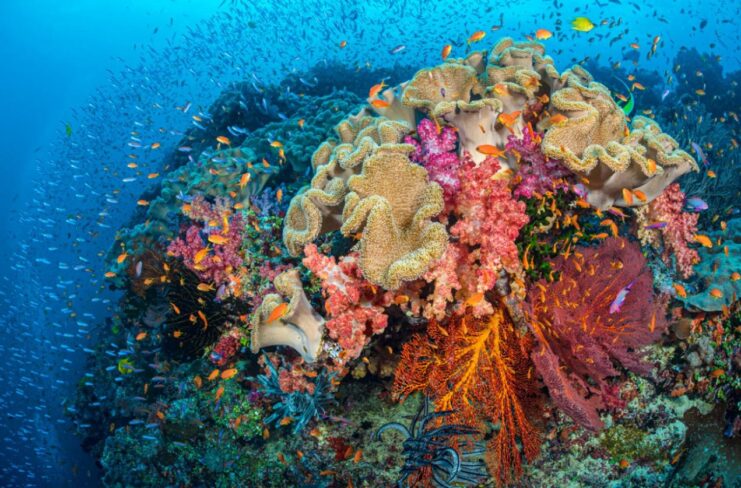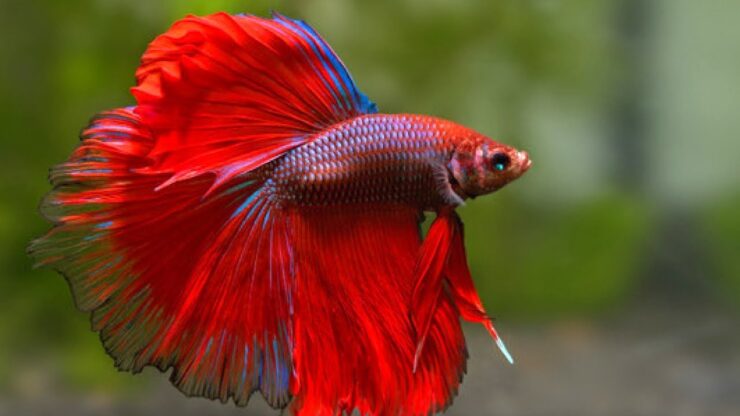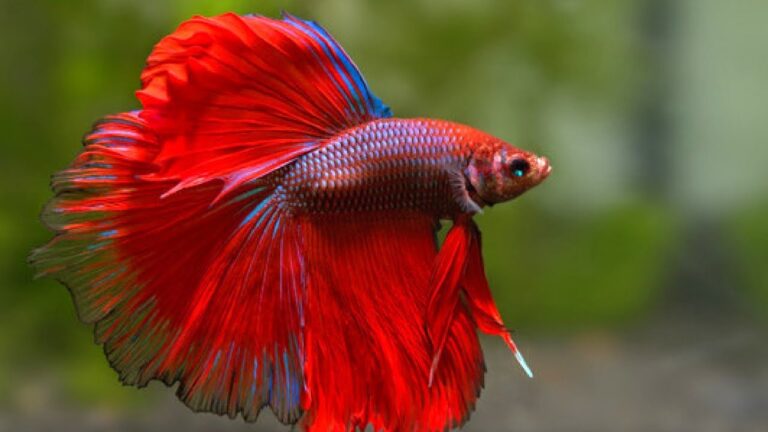Creating a captivating photo book of coral reef shots is an art form in itself, blending the beauty of underwater photography with the craftsmanship of storytelling.
This guide will walk you through the process, from selecting your shots to the final print, ensuring your coral reef photo book stands out in 2024.
Selecting Your Best Shots
The first step in compiling a photo book is choosing the right images. Focus on diversity; include wide-angle shots showing the reef’s vastness, close-ups revealing intricate details, and everything in between.
Prioritize images with vibrant colors, clear focus, and strong composition. Remember, quality trumps quantity. It’s better to have fewer, outstanding images than a plethora of mediocre ones. Check out how to assemble the photo books here.
Understanding Your Theme
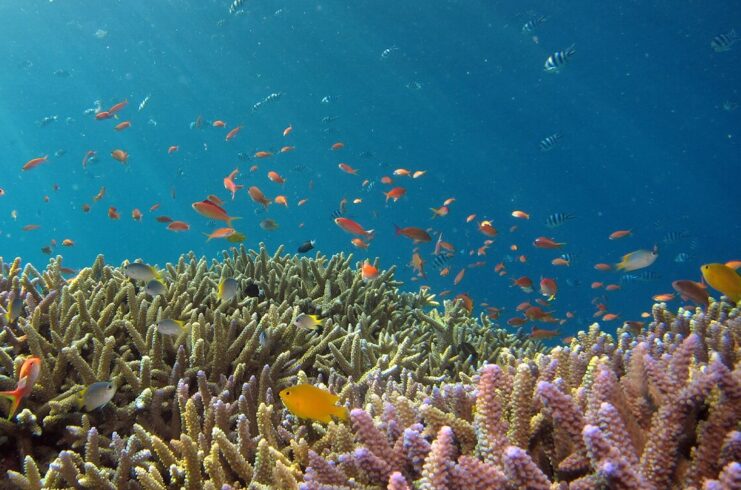
A compelling photo book tells a story. Decide on a theme that ties your images together. This could be anything from the diversity of life on the reef, the play of light underwater, or the impact of environmental changes on coral ecosystems.
A clear theme gives your book direction and makes it more engaging.
The Art of Sequencing
Arranging your photos isn’t just about placing them randomly. The sequence should flow like a well-crafted narrative, with each image leading naturally to the next.
Start with a few striking images to grab attention, then weave through various aspects of your theme, ending with a powerful closing shot that leaves a lasting impression.
Crafting Captions and Text
While your photos are the stars, the accompanying text adds depth. Write captions that provide context, share interesting facts about the coral species, or recount personal experiences during the shoot. Keep the text concise and informative.
If you’re including longer text, place it strategically so it doesn’t overwhelm the visuals.
Choosing the Right Layout
The layout of your photo book impacts how your story is perceived. Each page should be visually balanced. Play with different layouts for each page – full-page spreads for your most stunning shots, smaller photos grouped together for variety.
Ensure there’s enough white space to prevent the book from feeling cluttered.
The Importance of Color and Contrast
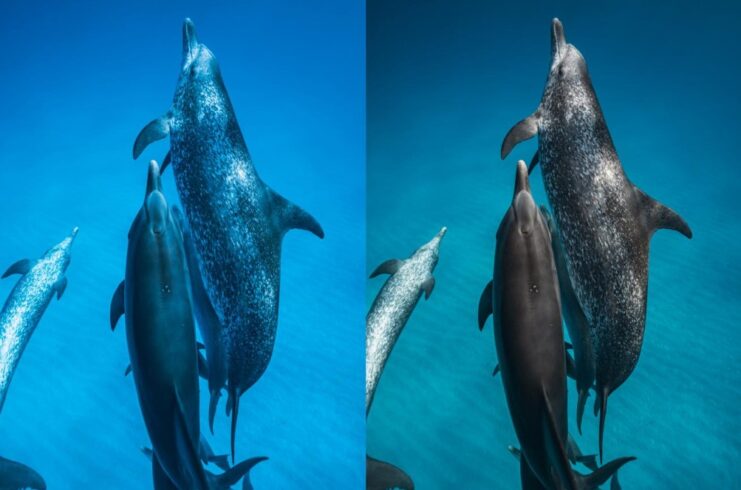
Color and contrast play a crucial role in bringing your coral reef photos to life. Make sure the colors are true to life and vivid.
Adjust contrast to highlight details without losing the natural look of the underwater world. If some photos don’t match the overall color scheme, consider converting them to black and white for a dramatic effect.
Selecting the Right Paper and Printing Techniques
The quality of print and paper can make or break your photo book. Opt for high-quality, thick paper that brings out the best in your images. Glossy finishes enhance colors, making them pop, while matte finishes offer a more subtle, elegant look.
Consult with professional printers and consider test prints to ensure the colors and details are accurately reproduced.
Marketing and Sharing Your Work
Once your photo book is ready, think about how you want to share it. If it’s for personal enjoyment, a single print might suffice. However, if you plan to sell or distribute it, explore options like self-publishing platforms or working with a publishing house.
Utilize social media, photography forums, and local galleries to showcase your work.
Reflecting on the Environmental Message
As a coral reef photographer, you have the power to convey crucial environmental messages. Use your photo book as a platform to raise awareness about coral conservation, climate change impacts, and the beauty of underwater ecosystems.
Your images can be powerful tools for change.
Staying Updated with Technological Advancements
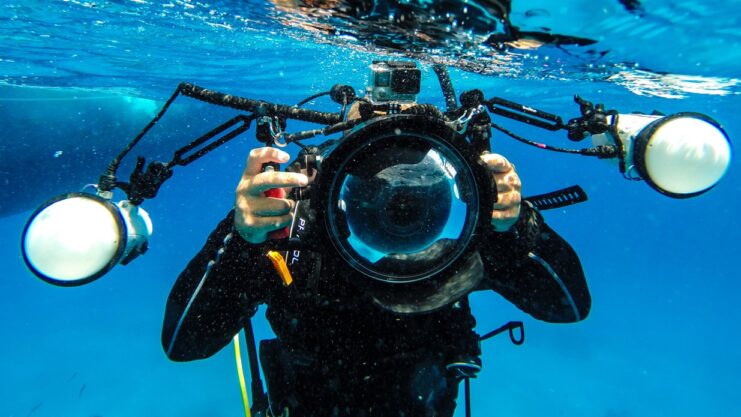
Photography, especially in specialized fields like underwater imaging, continually evolves. Stay updated with the latest camera gear, editing software, and printing technology. This ensures your work remains cutting edge and your photo book reflects the highest standards.
Embracing Feedback and Learning
Finally, be open to feedback. Show drafts of your photo book to peers, mentors, or potential audience members. Constructive criticism can provide valuable insights that enhance the quality of your final product.
Every step of creating your photo book is a learning opportunity, adding to your skills as both a photographer and a storyteller.
Nurturing Your Unique Style
Developing a unique style is crucial in setting your coral reef photo book apart. This can be achieved through your choice of subjects, color palette, or even the mood you convey. Are your photos vibrant and full of life, or do they carry a serene, almost ethereal quality?
Your style should be a reflection of your personal connection with the reef and the story you want to tell.
Balancing Aesthetics with Educational Value
While aesthetics are key, incorporating educational elements can add substantial value to your photo book. This could be in the form of informational sidebars about coral conservation, the biology of reef creatures, or the impact of global warming on these ecosystems.
This not only enriches the reader’s experience but also heightens awareness about the fragility and importance of coral reefs.
Utilizing Digital Platforms
In today’s digital age, consider creating an online version of your photo book. This can be an interactive PDF, an e-book, or a dedicated website showcasing your work.
Digital platforms allow you to reach a wider audience and can be easily shared across social media and other online channels.
The Role of Editing and Post-Processing
Editing and post-processing are essential in bringing out the best in your photos. Use editing software to enhance colors, adjust lighting, and crop images for the best composition. Remember, the goal is to enhance, not alter.
Your photos should remain a truthful representation of the underwater world.
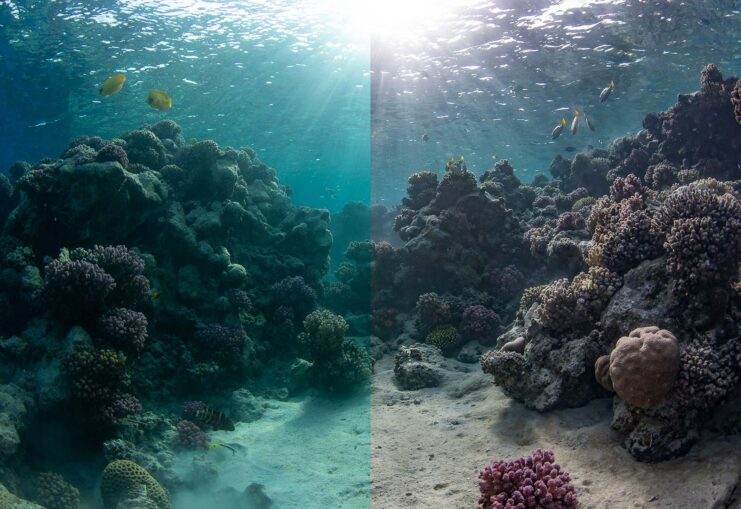
Summary
In wrapping up, creating a coral reef photo book is more than just compiling a collection of images. It’s about telling a story, sharing a passion, and possibly even advocating for change.
Through careful planning, artistic expression, and a dedication to quality, your photo book can become a treasure trove of stunning visuals and compelling narratives, a testament to the beauty and importance of coral reefs.

